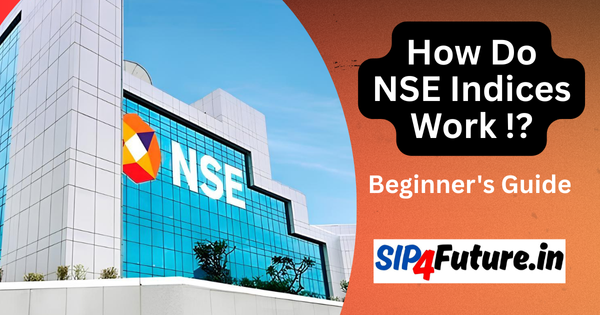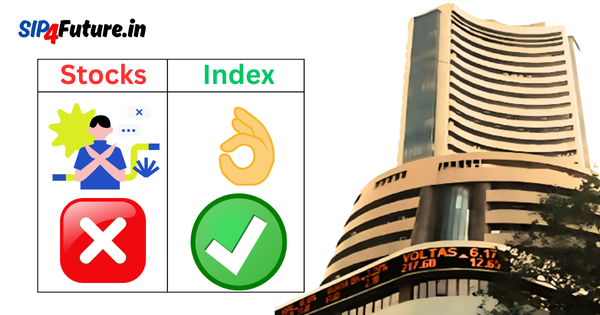On April 25, 2025, a significant block trade involving approximately 24,560 shares of Bajaj Finance Ltd. occurred on the National Stock Exchange (NSE), executed at Rs. 9,048.50 per share. Valued at Rs. 22.22 crore, this transaction underscores robust investor interest in one of India’s leading non-banking financial companies (NBFCs). This article delves into the details of the Bajaj Finance block trade, its market implications, the company’s profile, and what investors should consider when interpreting such transactions.
What Is a Block Trade and Why Does It Matter?
A block trade refers to a large, privately negotiated transaction of securities, typically executed outside the open market to minimize price volatility. For Bajaj Finance, the block trade of 24,560 shares at Rs. 9,048.50 per share highlights significant activity by institutional investors or high net-worth individuals.
Key Features of Block Trades
- Size: Involves a substantial number of shares, often exceeding exchange-defined thresholds.
- Execution: Conducted off the public order book, ensuring minimal market disruption.
- Participants: Usually involves institutional players like mutual funds, hedge funds, or large investors.
Block trades matter because they can signal strategic moves by major investors. According to Moneycontrol, such transactions often attract attention as they may reflect confidence or repositioning in a stock like Bajaj Finance.
How Did the Bajaj Finance Block Trade Unfold?
The Bajaj Finance block trade occurred on April 25, 2025, on the NSE, with a total value of Rs. 22.22 crore. Below is a breakdown of the transaction:
| Detail | Value |
|---|---|
| Number of Shares | 24,560 |
| Price per Share | Rs. 9,048.50 |
| Total Transaction Value | Rs. 22.22 crore |
| Exchange | NSE |
| Date | April 25, 2025 |
This trade represents a significant movement of Bajaj Finance shares in a single transaction, drawing attention from market participants.
Real-Time Market Context
As of April 28, 2025, Bajaj Finance’s stock performance reflects a mixed trend, based on historical returns provided and real-time data from BSE India. The stock recorded a 1-day return of -0.38%, a 5-day decline of -2.02%, but a positive 1-month return of +1.58%. Over longer periods, the stock has shown impressive growth, with a 6-month return of +31.47%, a 1-year return of +33.10%, and a remarkable 5-year return of +307.81%.
| Time Frame | Return (%) |
|---|---|
| 1 Day | -0.38 |
| 5 Days | -2.02 |
| 1 Month | +1.58 |
| 6 Months | +31.47 |
| 1 Year | +33.10 |
| 5 Years | +307.81 |
These figures highlight Bajaj Finance’s resilience and long-term growth potential, making the block trade a focal point for investors seeking to gauge market sentiment.
What Does the Block Trade Signal for Investors?
Block trades of this magnitude often prompt speculation about institutional interest. While the identities of buyers and sellers remain undisclosed, the Rs. 22.22 crore transaction could indicate:
- Institutional Confidence: Large investors may be accumulating Bajaj Finance shares, signaling optimism about its future performance.
- Portfolio Rebalancing: The trade could reflect a major investor adjusting their holdings, possibly due to strategic or regulatory reasons.
- Market Sentiment: Such trades can influence short-term stock sentiment, though their long-term impact depends on broader market conditions.
Investors should approach block trades cautiously, as they are just one piece of the puzzle. According to the Securities and Exchange Board of India (SEBI), large transactions can sometimes lead to temporary price movements, but fundamental analysis remains critical for informed decision-making.
Factors to Consider
- Company Fundamentals: Bajaj Finance’s strong financials and diversified portfolio make it a compelling choice for investors.
- Market Trends: NBFCs in India are navigating a dynamic regulatory and economic environment, as noted in RBI’s Financial Stability Reports.
- External Events: Global economic conditions or domestic policy changes could influence Bajaj Finance’s stock trajectory.
Who Is Baja Finance, and Why Is It a Market Leader?
Bajaj Finance Ltd. is a flagship NBFC under the Bajaj Group, renowned for its extensive financial services portfolio. Headquartered in Pune, India, the company has established itself as a leader in the NBFC sector, catering to millions of customers across urban and rural markets.
Key Business Segments
Bajaj Finance operates in several high-growth areas, including:
| Segment | Description |
|---|---|
| Consumer Finance | Offers loans for consumer durables, personal loans, and credit cards. |
| SME Lending | Provides financing solutions for small and medium enterprises. |
| Commercial Lending | Supports businesses with working capital and equipment financing. |
| Rural Lending | Focuses on financial inclusion through microfinance and rural loan products. |
| Wealth Management | Offers investment products like mutual funds and fixed deposits. |
Financial Performance
Bajaj Finance’s consistent growth is reflected in its robust financial metrics. According to its latest quarterly results on Bajaj Finserv’s Investor Relations page, the company reported strong revenue growth and a healthy loan book, driven by demand in consumer and SME lending. Its ability to manage asset quality amidst economic fluctuations has solidified its reputation as a market leader.
Competitive Edge
- Digital Innovation: Bajaj Finance’s app and online platforms streamline loan approvals and customer onboarding.
- Wide Reach: With a presence in over 3,000 cities, the company serves diverse customer segments.
- Regulatory Compliance: Adherence to RBI and SEBI guidelines ensures operational stability.
How Should Investors Interpret the Block Trade?
For investors, the Bajaj Finance block trade offers a window into market dynamics but should not be the sole basis for investment decisions. Here’s how to approach it:
Step 1: Analyze the Context
Consider the trade in light of Bajaj Finance’s recent performance and broader market trends. The stock’s 5-year return of +307.81% underscores its long-term potential, but short-term volatility (e.g., -2.02% over 5 days) warrants caution.
Step 2: Evaluate Fundamentals
Bajaj Finance’s diversified portfolio and strong financials make it a resilient player in the NBFC space. Its focus on digital transformation and financial inclusion aligns with India’s economic growth trajectory, as highlighted in NITI Aayog’s reports.
Step 3: Monitor Market Signals
Track subsequent block trades or insider transactions via NSE’s Bulk and Block Deal Reports. These can provide additional clues about investor sentiment.
Step 4: Diversify and Research
Avoid over-relying on a single trade. Conduct thorough research using resources like Moneycontrol’s Stock Analysis Tools and consult financial advisors to align investments with your goals.
When Should Investors Act on Block Trade News?
Timing is critical in responding to block trade news. While the Bajaj Finance block trade signals strong investor activity, acting hastily can be risky. Consider the following:
- Immediate Reaction: Avoid knee-jerk decisions based solely on the trade. Monitor stock price movements over the next few trading sessions.
- Short-Term Strategy: If you’re a trader, watch for technical indicators like support and resistance levels, available on BSE’s Market Watch.
- Long-Term Perspective: For long-term investors, Bajaj Finance’s fundamentals and growth prospects outweigh the significance of a single trade.
Risks to Watch
- Market Volatility: NBFCs are sensitive to interest rate changes and regulatory shifts, as noted in RBI’s Monetary Policy Statements.
- Liquidity Concerns: Large trades can sometimes precede price corrections, especially in volatile markets.
- Incomplete Information: Without knowing the trade’s context (e.g., buyer/seller motives), assumptions can be misleading.
What’s Next for Bajaj Finance?
Looking ahead, Bajaj Finance is well-positioned to capitalize on India’s growing financial services market. The company’s focus on digital innovation, rural lending, and wealth management aligns with national priorities outlined in India’s Economic Survey. However, investors should remain vigilant about macroeconomic factors like inflation, RBI policies, and global market trends.
Growth Drivers
- Consumer Demand: Rising disposable incomes and e-commerce growth fuel demand for consumer finance.
- SME Recovery: Government initiatives like MSME Schemes support SME lending.
- Digital Transformation: Investments in AI and fintech enhance operational efficiency.
Challenges
- Regulatory Scrutiny: NBFCs face stricter compliance requirements, as per RBI’s NBFC Guidelines.
- Competition: Banks and fintech startups are intensifying competition in consumer lending.
- Economic Uncertainty: Global slowdowns could impact loan growth and asset quality.
Conclusion: A Balanced Approach to the Bajaj Finance Block Trade
The Rs. 22.22 crore Bajaj Finance block trade on April 25, 2025, underscores the stock’s appeal to institutional investors. While it signals strong interest, investors should interpret it within the broader context of Bajaj Finance’s fundamentals, market trends, and personal financial goals. By combining insights from this trade with thorough research and diversified strategies, investors can make informed decisions in a dynamic market.




